| W3D Shader: | ||
|
The Shader tab is directly related to the "stage" mapping or (mappers), which is located on the vertex material tab. The way in which these mappers will blend with the background and other objects in the scene will be determined by the blending mode you choose. |
||
| Blend Mode : | Select from this variety of ways to blend against the elements of your scene. | |
|
Opaque: |
The map or color in its normal state with No Alpha opacity, and No blended overlay. | |
|
Add: |
Looks at the color information in each channel and brightens the base color reflecting the colors behind it, creating the effect of an additive overlay. It creates an opacity value based on the grayscale levels of the map. | |
|
Multiply: |
Looks at the color information in each channel and multiplies the base color by the blend color. The result color is always a darker color. Multiplying any color with black produces black. It creates an opacity value based on the inverted grayscale levels of the map. (Blacks are opaque, whites are transparent) | |
|
Multiple and Add: |
Multiplies the base colors by themselves, lights become brighter, darks become darker. It creates an opacity value based on the inverted alpha levels of the map. (Blacks are opaque, whites are transparent) | |
|
Screen: |
Similar to Add but not burning the brightness levels as much. It creates an opacity value based on the grayscale levels of the map. | |
|
AlphaBlend: |
The map or color in its normal state, If the map contains an alpha channel, it uses the alpha channels grayscale values to establish the opacity of the map. | |
|
AlphaTest: |
The map or color in its normal state, If the map contains an alpha channel, it uses the alpha channel to establish the opacity of the map however, it adjusts the threshold of the alpha channel to make it higher in contrast, no grays just black and white, resulting in harsher edges in the opacity. | |
|
AlphaTest and Blend: |
Combines aspects from AlphaTest and Alphablend. | |
| Custom: |
You can create a custom blend mode using any of the combinations below; e.g. If you select the Src to be Alpha, and you select 1 Src Alpha for the Dest, you will have created the "Alpha Blend" effect, however if you used zero for the source and zero for the Dest, this would produce pure black. |
|
| Src : | This controls the source blend factor. Blending is specified by the following equation: (Destination Blend * Destination Pixel) + (Source Blend * Source Pixel). The destination pixel is the pixel which exists in the frame buffer while the source pixel is the pixel which has been generated by this material. | |
|
Zero: |
Nothing will be the base. | |
|
One: |
The map in its normal state. | |
|
Src Alpha: |
Creates a grayscale value based on the color and uses this for the base. | |
|
1-Src Alpha: |
Inverts the alpha channel of the map and uses this for the base. If map has no alpha channel then black is the default color. | |
| Dest Src : | This controls the destination blend factor. | |
| Zero: | Creates no opacity value for the base and If the base has its own alpha channel, this will override and disable it so that the base will have no opacity values. | |
| One: | Creates an opacity value for the base, based on the maps grayscale levels, also adds those levels to the base to increase the lightness of light areas in the base. | |
| Src Color: | Overlays the colors in the object over the base. | |
| 1-Src Color: | Creates an opacity value for the object based on the maps color levels, if no color is present, then it uses the grayscale levels. | |
| Src Alpha: | Overlays the base with its own Inverted Alpha channel. | |
| 1-Src Alpha: | This uses the the bases levels to establish and determine opacity values. If the base has no alpha channel, then no opacity values will be established. | |
| Src Color PreFog: | Uses the rgb values, then decreases the contrast to determine the opacity. | |
| Write Zbuffer: | This will enable / disable itself when certain blend modes are selected. | |
| Alpha Test: | This will enable / disable itself when certain blend modes are selected. | |
| Defaults: | Clicking this button resets the defaults for the advanced parameters. | |
|
Everything Below here is directly related to the "Stage 1 Texture" which is the secondary (if desired) detail texture.
|
||
| Depth Cmp: | (Depth Comapre) Tells the graphics card what to do with the polygon its rendering based on the value of the Zbuffer. | |
| Pass Never: | New polygons never pass, polygons wont render. | |
| Pass Less: | Renders the polygon if the Z value is less than the value thats in the Zbuffer already. | |
| Pass Equal: | Will only render the polygon if its equal to whats already in the Zbuffer. | |
| Pass LEqual: | -Gets used most often: Polygon gets drawn only if it's less than or equal to the Zbuffer value. | |
| Pass Greater: | Only renders the polygons if they farther back than the closer polys. (If you want far away things poking through closer things) | |
| Pass NEqual: | Only renders a polygon if it's not equal to whats in the Zbuffer. | |
| Pass GEqual: | Only renders the polygons if they are Greater or Equal to the Zbuffer value. | |
| Pass Always: | Draw the Polygon no matter what, -ignores the Zbuffer. | |
| Pri Gradient: | (Primary gradient) This tells it what to do with the diffuse lighting. | |
| Disable: | Disables it, If you want it Not to use the diffuse lighting. | |
| Modulate: | Multiplys the color of the pixel by the lighting color. | |
| Add: | Adds lighting to the color of the pixel, e.g. Lightmaps | |
| Detail Color: | These allow for more specific detail in how the second texture is applied. | |
| Disable: | Disables it, You wont see it at all. | |
| Detail: | Overrides stage 0 mapping. | |
| Scale: | Pure white in the overlay will remain unchanged, while darks become darker, increasing the contrast. | |
| InvScale: | Similar to add but doesn't burn as much. Creates a transparency based on the grayscale values of the map. A little more costly than add. | |
| Add: | Looks at the color information in each channel and brightens the base color to reflect the colors behind it, creating the effect of an additive overlay. | |
| Sub: | This works as a Subtractive overlay. Looks at the color information in each channel and darkens the color overlaying the brighter colors behind it. | |
| SubR: | ? | |
| Blend: | ? | |
| DetailBlend: | Uses the detail texture and self illuminates it. | |
| Sec Gradient: | Disabled: (Secondary Gradient) controls the specular lighting. | |
| Disable: | Disables specular lighting | |
| Enable: | Enables specular lighting | |
| Detail Alpha: | This tells the map what to do with the Alpha Channel in the stage 1 texture. | |
| Disable: | Disable it. | |
| Detail: | Overrides the alpha of stage 0 mapping. | |
| Scale: | Pure white in the Alpha's overlay will remain unchanged, while darks become darker, increasing the contrast. | |
| InvScale: | Uses a transparency based on the grayscale values of the map. A little more costly than add. | |
-
W3D Materials: Shader Tab
User Feedback
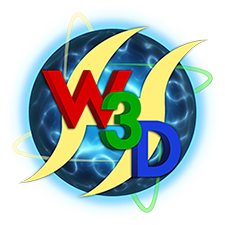
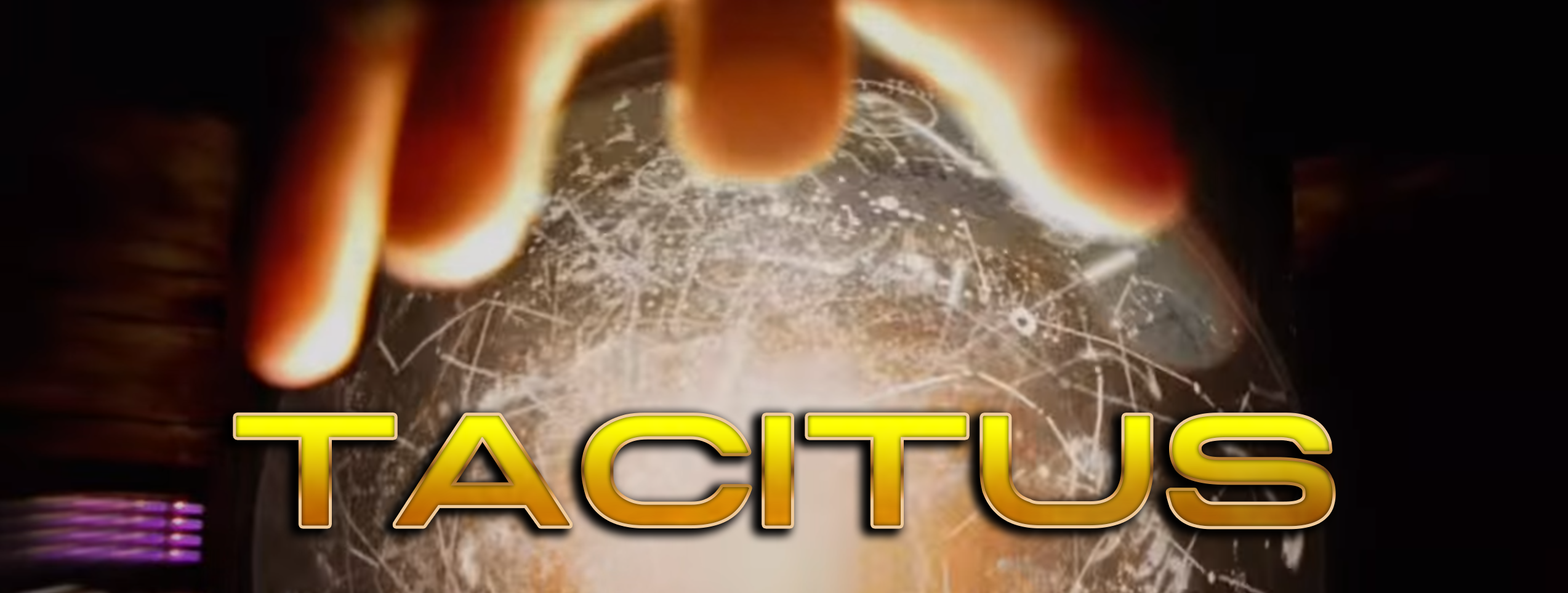
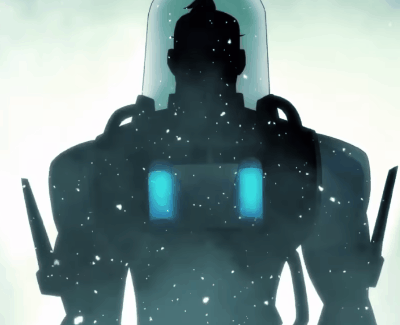
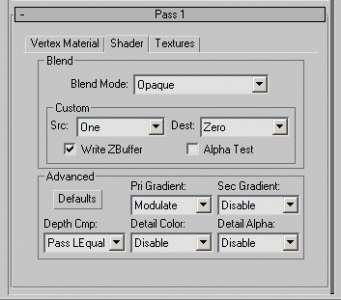

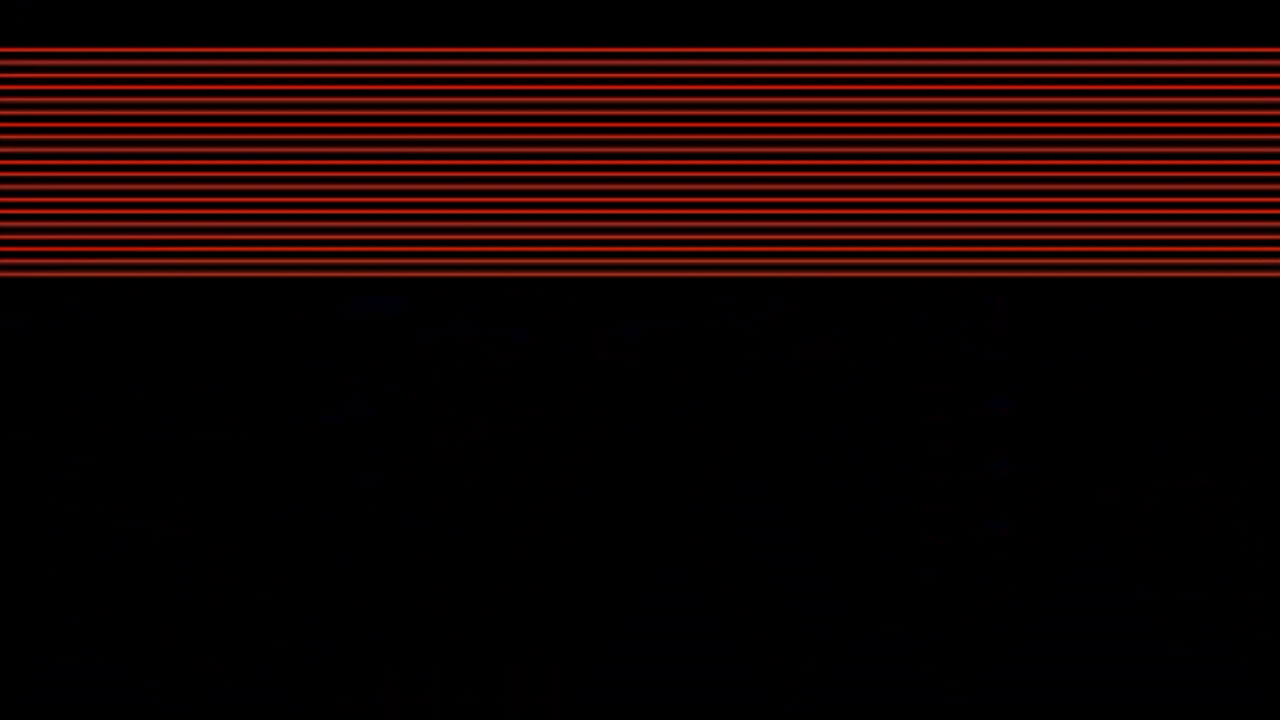

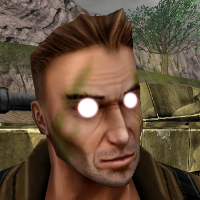

Recommended Comments
There are no comments to display.
Join the conversation
You can post now and register later. If you have an account, sign in now to post with your account.
Note: Your post will require moderator approval before it will be visible.